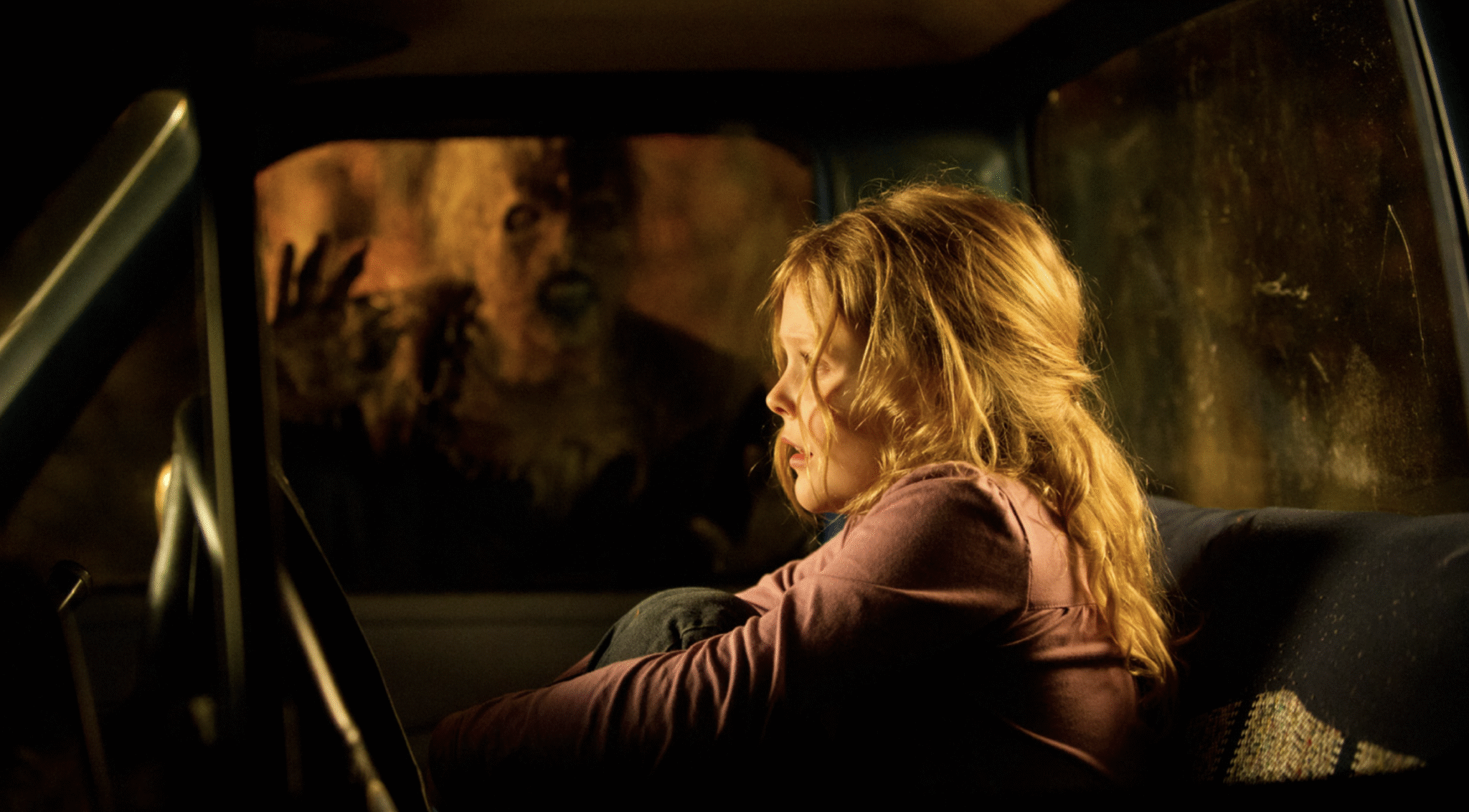In the modern era, those wanting to watch the latest new movies can check online to learn everything they need to know about them, but did you know that there are also helpful sites specifically designed to help you navigate any trigger warnings?
For example, the website Does the Dog Die? is a place for those that want to see content warnings for triggers such as an animal death and other upsetting content, while sites like IMDb have parental guides to help people figure out what’s suitable or not.
There’s also a place dedicated to horror movies called Where’s the Jump? to help prepare people for movie jump scares, so being a horror aficionado I was immediately intrigued and wanted to test how effective it was.
Jump scares are a divisive tactic used in the horror genre. Some people love them, some hate them, and others are on the fence. But oftentimes, they seem to be a deterrent for people wanting to check out new horror movies.
But, does having timestamps and warnings for when a jump scare is about to happen help make the experience any less anxiety inducing? At first, you might think it does, but my experience took me by surprise. Quite literally at times!
Anticipating the bang is a terrible idea
Alfred Hitchcock once said “there is no terror in the bang, only in the anticipation of it”, and I thought about that quote a lot when I was working on this article.
We’ve all been there. There’s often telltale signs a jump scare might happen. Quiet, lingering moments, a character creeping towards a door, or walking a corridor at night. Or sometimes movies ignore all of that and scare us out of nowhere.
In theory, readying yourself for a scare sounds like a good idea. You know when in the movie it’s going to happen, so you expect it to soften the blow, right? That just seems logical. Well, I was armed with timestamps and subtitles that warned me, and it made things worse.
To properly test this website, I decided to be brave, so I picked three movies off the ‘High Jump Scares’ list and made sure I hadn’t seen them before.
These movies were Alone with 21 jump scares, Extraterrestrial with 30, and The Haunting in Connecticut 2: Ghosts of Georgia with 32. It sounds like a lot, but the site assured me that most of these were considered “minor”, so I breathed a sigh of relief.
While I had the exact same experience with all three movies, I’m going to rundown how I felt during the worst of the bunch.
As you can see, The Haunting in Connecticut 2: Ghosts of Georgia is one of the scariest on this database and the website describes it as “one of the most jump scare heavy films in existence” warning readers that “easily frightened individuals should probably avoid”.
I chose to ignore this warning, despite the fact I am not usually a fan of jump scares and rolled my eyes knowing I was going to go through 32 of them in the next 101 minutes.
The movie follows a couple who move old Southern house in Georgia with their daughter, and soon learn it has a very dark past. It also has a lot of things popping up and scaring them, which they will soon learn.
So, I set off and watched it (it’s available on Prime Video in the US and can be rented elsewhere). Unlike horror movies that might ease you in, this one is unforgiving and its first jump scare occurs just 2 minutes and 22 seconds into the movie, with another one following 20 seconds later.
Knowing I had so many of these jumps to get through, I found myself tenser than I usually am and kept looking at the subtitles or my list of timestamps, making for what I can only describe as a truly uncomfortable experience.
That’s when it clicked for me. I wasn’t enjoying the movie at all because I was sitting there waiting for another scare, trying to figure out if this was the scene I’d read about, and all this build up was making me more scared than I would feel if I was watching it normally.
By spoiling the movie’s jumpy moments, this became an exercise in me trying to predict them and lessen the impact, and it actually increased the intensity because I was unable to relax and let it all play out.
I learned that it’s far better to accept the fact you may be scared, and go in blind, than trying to be one step ahead of the movie. I was building scares up in my head and they actually weren’t that bad when they happened, but my brain had convinced myself they would be.
Final thoughts
If you are petrified of jump scares and want to check out a movie, Where’s the Jump? is certainly a detailed, helpful guide that outlines every scare, but I’m not sure it’ll help you get over the fear of them.
If anything, exposure therapy is probably the best approach here but Where’s the Jump? can definitely help with that. Their Low Jump Scares section has some great picks, some of which have maybe one or two, so it’s a good place to start to build up your tolerance to the big screen scare.
It’s a useful resource for sure, but I think I’m going to stick to enjoying horror movies without tensing up and trying to remember what comes next. It’s just not worth the stress.
Read the full article here















